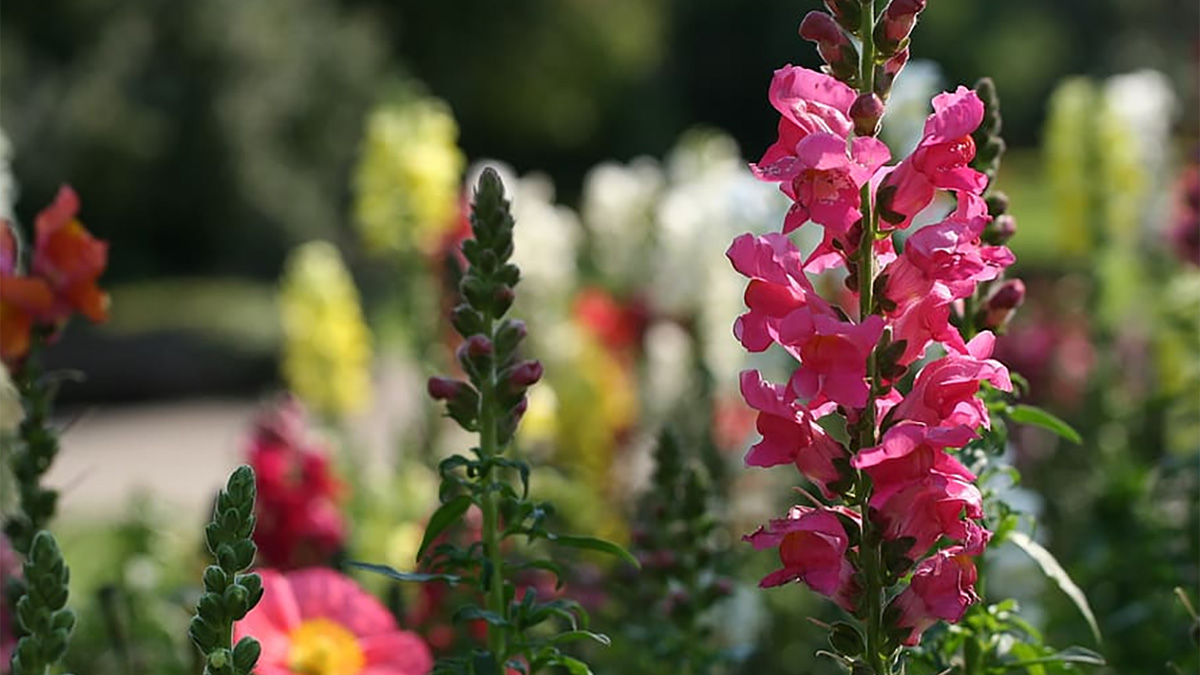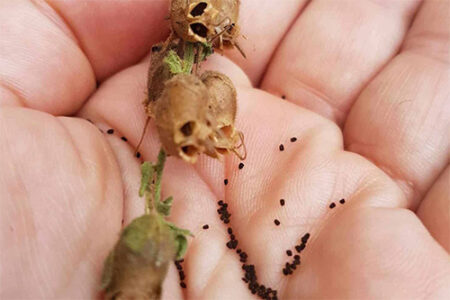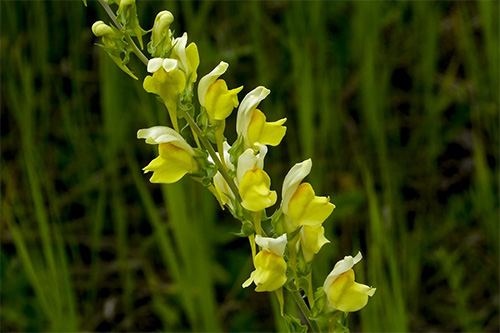Tips for Growing Vibrant Snapdragons from Seed

Snapdragons are a garden favorite for their bright colors, unique blooms, and ability to thrive in cool weather. Growing them from seed is a rewarding way to enjoy a longer blooming season and a wider variety of options than store-bought plants typically offer. This guide will walk you through every step of the process, from selecting the right seeds to nurturing vibrant, healthy blooms all season long.
Choosing the right snapdragon varieties
Snapdragons come in a wide range of sizes, colors, and bloom styles. Dwarf varieties such as ‘Floral Showers’ are ideal for containers or front-of-border planting, while taller types like ‘Rocket’ or ‘Madame Butterfly’ make excellent cut flowers. Intermediate types strike a balance and are well suited for mixed garden beds.
Selecting the right variety depends on your garden’s conditions and aesthetic goals. If you’re aiming for a full spectrum of color, consider mixed seed packets that include pastels, bold hues, and bi-color options. Always choose varieties suited to your climate zone and desired plant height.
When and where to start snapdragon seeds

For most gardeners, the best time to start snapdragon seeds indoors is 8 to 10 weeks before the last expected frost. Snapdragons prefer cooler temperatures and can be transplanted outdoors earlier than many other annuals. In mild climates, seeds can even be started in fall for early spring blooms.
If you’re planning to direct sow, wait until after the danger of hard frost has passed, but know that starting indoors gives a head start and stronger plants. Seeds require light to germinate, so surface sowing is essential. A sunny windowsill or grow lights provide the right conditions for sprouting.
How to sow snapdragon seeds successfully
Use a sterile seed-starting mix in shallow trays or small pots. Gently press the seeds into the surface of the soil without covering them, as they need light to germinate. Mist the surface lightly with water and cover with a humidity dome or plastic wrap to maintain moisture.
Keep the soil temperature between 65°F and 70°F for optimal germination. Seeds usually sprout within 10 to 14 days when provided with consistent light and warmth. Once seedlings emerge, remove the cover to improve airflow and reduce the chance of damping off.
Caring for seedlings before transplanting
Once the first true leaves appear, seedlings benefit from consistent light and occasional brushing to strengthen stems. Water when the top layer of soil feels dry, but avoid overwatering, as soggy conditions can promote disease. Rotate trays daily if using a windowsill to prevent leaning.
If seedlings become crowded, gently transplant them to individual pots once they have at least two sets of leaves. Thinning weaker seedlings also helps promote healthier growth. Before transplanting outdoors, gradually acclimate them to outside conditions by moving them outside for increasing periods each day.
Planting snapdragons outdoors
Snapdragons can tolerate light frost and should be planted once the soil is workable and daytime temperatures are reliably above freezing. Choose a spot with full sun and well-drained soil enriched with compost or aged manure. Space plants according to their mature size, usually 6 to 12 inches apart.
Planting too closely can lead to poor airflow, increasing the risk of mildew or rust. Grouping snapdragons by color or height makes a striking visual impact. Taller varieties may need support to prevent leaning or toppling during storms or windy conditions.
Ongoing care for vibrant blooms

Snapdragons prefer consistent moisture but dislike soggy soil. Water at the base of the plant to keep foliage dry, which reduces the risk of disease. A layer of mulch helps conserve moisture and keeps roots cool during warmer days.
Fertilize lightly every few weeks with a balanced liquid fertilizer or compost tea to encourage ongoing blooms. Remove spent flowers regularly to promote new buds and extend the flowering season. Pinching back early growth can encourage branching and more abundant flowering later on.
Dealing with common issues
Snapdragons can be affected by aphids, spider mites, and slugs, especially in damp or overcrowded conditions. Use insecticidal soap or strong water sprays to dislodge pests, and remove affected foliage when needed. To prevent rust and mildew, ensure proper spacing and avoid overhead watering.
Keep an eye out for yellowing leaves or stunted growth, which may indicate root rot or nutrient deficiencies. Treat soil issues with organic amendments and avoid overwatering. If disease appears widespread, remove and dispose of infected plants to protect healthy ones nearby.
Collecting seeds for next season
At the end of the growing season, allow some blooms to go to seed by skipping deadheading on select plants. As the seed pods dry and turn brown, they can be snipped and placed in a paper bag to finish drying. Once fully dry, gently open the pods and collect the tiny seeds.
Store seeds in a labeled envelope or airtight container in a cool, dark place until next planting season. Collected seeds can be sown the following year, though hybrids may not produce identical offspring. Saving your own seeds is a rewarding way to sustain your favorite varieties and reduce costs.
Creative ways to use snapdragons in your garden
Snapdragons bring vertical interest, color, and charm to garden beds, containers, and borders. Use dwarf types at the front of flower beds and taller ones as a backdrop to lower-growing annuals. Their upright form pairs well with mounding plants like alyssum or trailing lobelia.
In containers, mix snapdragons with contrasting foliage or complementary bloom colors for a lush, layered look. Snapdragons also make excellent cut flowers, lasting up to a week in a vase when harvested early in the morning. Grouping them by height and color helps create a cohesive and eye-catching garden design.
Conclusion
With the right techniques and a bit of patience, growing snapdragons from seed can be both simple and satisfying. From careful sowing to regular care and creative garden placement, each step contributes to a bold, colorful display that lasts for months. Whether you’re growing them for borders, bouquets, or just to brighten your day, snapdragons deliver big beauty from humble beginnings.
